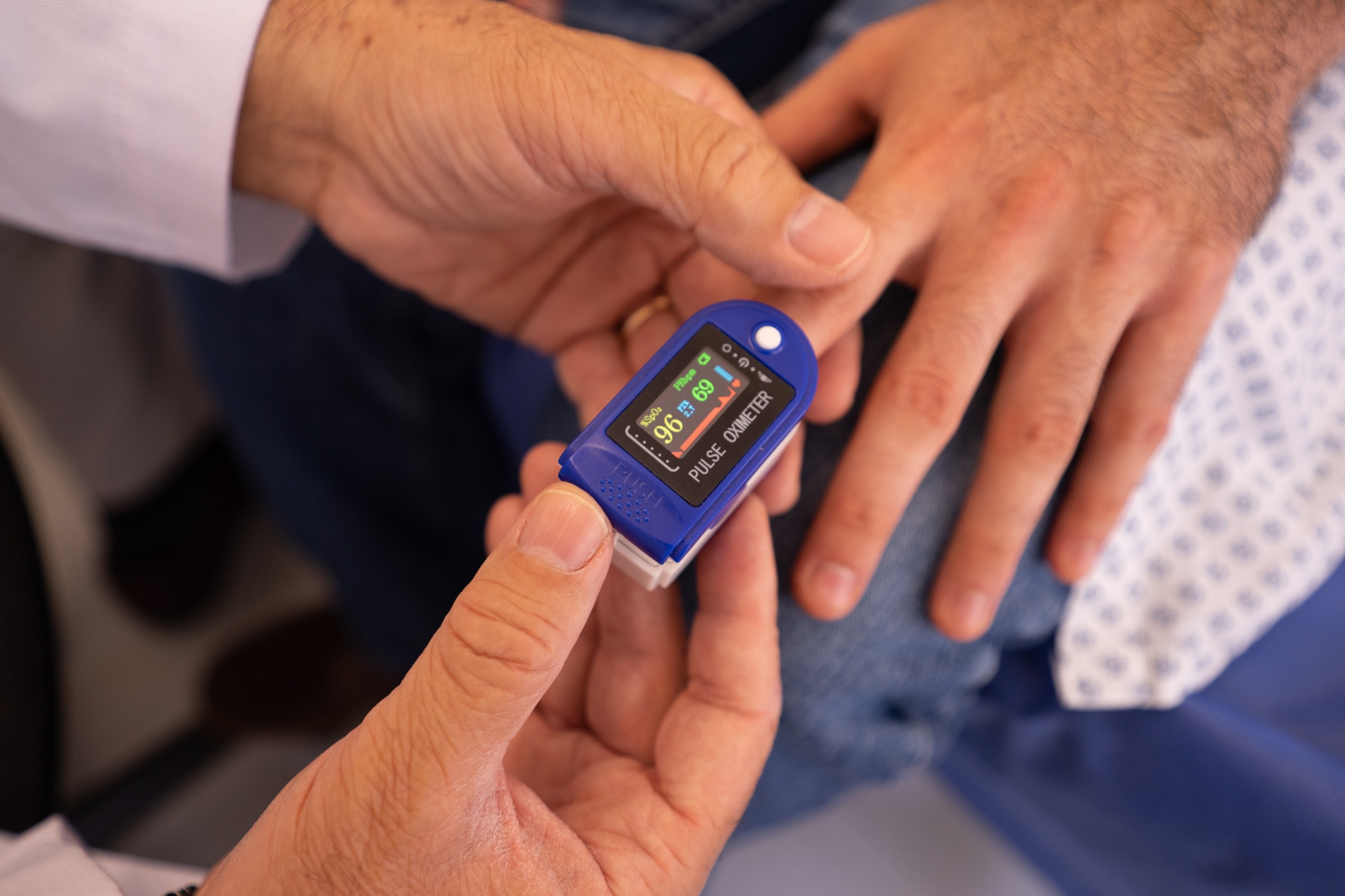A stroke occurs when blood flow to the brain has stopped. This can happen in many different areas of the brain and can cause many problems, such as difficulty speaking, moving, and controlling bodily functions. These issues can be long term and individuals (especially elderly) who have a stroke will typically require long term care for their future. There are two types of stroke, ischemic and hemorrhagic. An ischemic stroke is the most common and is caused by a blocked blood vessel (either by a blood clot or fatty deposits). A hemorrhagic stroke is when a blood vessel bursts in the brain, causing increased pressure and irritation.
There are many predispositions which put an individual at higher risk for stroke. Here are the top 6 risk factors:
1. Smoking/Tobacco Use.
Smoking cigarettes damages the heart and other blood vessels, nicotine raises blood pressure and carbon monoxide from cigarette smoking reduces the amount of oxygen that your blood can carry. Smoking (and even second hand smoke can almost double one’s risk for having a stroke.

2. Obesity.
Being overweight and not getting enough exercise is another health issue that increases one’s risk of a stroke. Becoming obese can be the result of a cascade of negative health choices such as living a sedentary lifestyle without enough exercise and eating a diet high in saturated fats, trans fat, and cholesterol. In turn, all of these choices can lead to high cholesterol, high blood pressure, diabetes, and in the end potentially a stroke.
3. High Blood Pressure.
High blood pressure is the leading cause of stroke. At the risk of sounding like a broken record, high blood pressure is caused by obesity, sedentary lifestyle or physical inactivity, tobacco use, and consuming too much alcohol. As mentioned, these are the cascade of choices and events that can lead to a stroke. By making some lifestyle changes and more positive health choices, this can likely be avoided or the chances decreased immensely.
4. Diabetes.
Diabetes causes sugar buildup in the blood, making it challenging for oxygen and other nutrients to flow through to different parts of the body such as the heart and the brain, which could ultimately cause a stroke. Additionally, those with diabetes are at a higher risk for high blood pressure, and therefore stroke.

5. Heart Disease.
Heart disease is an umbrella term for many different types of heart conditions. The most common being Coronary Artery Disease (CAD), which affects blood flow to the heart. CAD can cause plaque buildup in the blood vessels throughout the body/brain and stop the flow of oxygen, ultimately causing a heart attack or a stroke (depending on where the blockage occurs). Additionally, if an individual has irregular heartbeat, enlarged heart chambers or heart valve defects, they would be at a higher risk for having a stroke.
6. History of Transient Ischemic Attacks (TIAs).
A TIA is considered a “mini stroke”, the same as a stroke but the symptoms are temporary and wear off much quicker. If an individual has a history of TIAs in the past, they are almost 10 times more likely to have a stroke than someone of the same gender who has not had a stroke.
The most common warning signs of a stroke include weakness of the face, arm or leg usually on one side of the body, difficulty speaking or comprehending speech, problems with vision, dizziness, severe headaches (without a cause), fainting/loss of consciousness, and/or trouble moving your body/walking.
After an individual has had a stroke, they will likely need short-term or long-term rehabilitation (depending on the damage done by the stroke). Additionally, they may need long term care such as in-home support, nursing, caregivers etc. to assist them with safety and as much independence as possible in everyday activities. Check out https://npfba.org/ for long term care information and options.
If you have questions about long-term care coverage or how NPFBA can help serve you, feel free to reach out to us via our website, phone, email or schedule a zoom meeting and let’s grab some face time!




